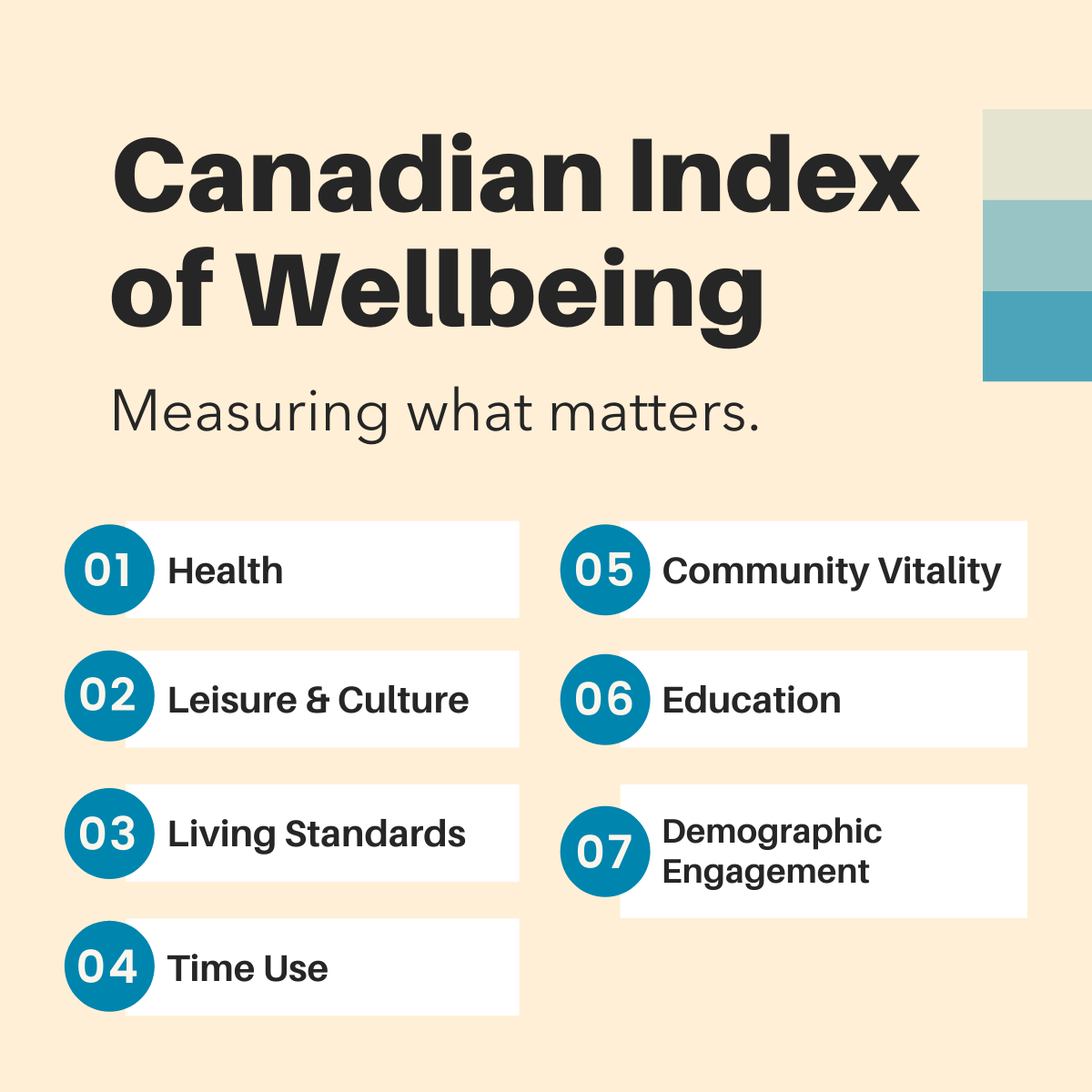Roadmap to Net-Zero
Our PrioritiesSucceed Together
#ClimateActionNow
A resilient, fair Ontario focused on health and prosperity will have a place for everyone. In a healthy, prosperous Ontario, there will be cleaner air, better health, shorter commutes plus a job for everyone who wants to be part of the clean economy.
In a fair, affordable Ontario, no one will be left behind, and those who are vulnerable will find a helping hand.
There will be a path forward for those whose livelihoods are affected by the transition and support for those least able to pay. No one will be left at the mercy of international energy prices to keep warm.
In a safe, resilient Ontario, we will be prepared, together, for the climate changes we can’t stop and that are already here, with particular attention to those disproportionately affected.

Healthy, prosperous Ontario
Ontario Greens will improve health, happiness and prosperity by:
- Putting health first and cleaning the air.
- Protecting water and enhancing public greenspace.
- Creating new careers and better jobs for hundreds of thousands of people in a strong, green workforce, and thousands of new opportunities for entrepreneurs.
- Giving 60,000 young people in the next four years the skills and experience to work in the green economy, through a year of free college tuition plus a year of guaranteed work when they graduate.
- Supporting research, demonstration and commercialization of low carbon industries and low carbon capital investments in existing industries.
- Providing low-interest loans for emerging low carbon industries.
- Making it easy for people to join their neighbours to invest in clean energy and energy efficiency in their own communities, through Local Climate Funds.
Climate Financing 101
Local Climate Funds are a way for local people to pool their savings and professionally invest them in local renewable energy and energy efficiency projects.
These projects make money over time through energy savings, but are often short of upfront capital.
In this way, local residents can both save for retirement AND accelerate the new green economy and the jobs and cost savings that go with it.
Fair, affordable Ontario
Many people and businesses worry about financial challenges in the green transition, especially the upfront cost of buying electric vehicles or building upgrades.
Low-income and vulnerable populations are disproportionately affected by climate change and need targeted support.
To keep the transition affordable, Ontario Greens will:
- Provide loan guarantees to make low-cost financing and rental options readily available for electric vehicles, with their lower total cost of ownership.
- Make room on Ontario roads for small, ultra-low-cost electric vehicles, including town cars and e-bikes.
- Reduce transportation costs by dramatically increasing access to affordable transit, safe active transportation and compact communities.
- Release the pent-up demand for green retrofits by ensuring that both owners and tenants have access to low-cost financing to insulate and electrify their home. This will reduce energy bills and protect Ontarians from international energy price jumps.
- Bring down the cost of key equipment, such as heat pumps, through bulk purchasing and government procurement.
- Focus at least 25% of the overall benefits of public investments to reduce climate pollution on disadvantaged communities.
- Focus conservation subsidies on retrofits that reduce energy use for those unduly affected by the cost of energy, especially rural, remote, low-income and Indigenous communities and those with resistance (baseboard) electric heating.
- Require the Ministry of Environment to develop and report on a strategy to address environmental racism.
- Improve security for those most affected by the green transition, through a climate bonus, higher minimum wage, enhanced safety net, training and job matching.
- Reduce inequity by improving substandard infrastructure in low-income communities, increasing diversity in those who make and implement public policies, and increasing supports for those who need it most.
Safe, resilient Ontario
Reducing climate pollution is essential to preserving a liveable future. At the same time, Ontario must get ready for the cascade of changes that is already happening.
Ontario Greens will therefore:
- Plan how to:
- Manage the health risks to people, including heat, wildfire smoke, flooding, drought, and insect-borne diseases.
- Prepare municipalities, infrastructure, buildings, agriculture and forestry to withstand the increased effects of climate change.
- Use a $2 billion per-year Climate Adaptation Fund to help get this overdue work underway, funded through a dedicated levy on parking and fossil gas
- Require all large public and private organizations to evaluate their vulnerability to climate shocks and stresses, and to plan how to manage them.
- Integrate climate resilience into land use planning and when designing, sizing and siting infrastructure.
- Expand natural infrastructure on private and public lands to increase resilience to climate risks.
For more details, see gpo.ca/climate/health, and gpo.ca/climate/zerowaste.
Read more about this:
Partnering with Indigenous Peoples
The government has a legal obligation to consult with and to work with First Nations – with full partnership, participation, and respect.
Reconciliation with Indigenous Peoples is essential and includes acknowledging that traditional knowledge must contribute to climate and energy solutions.
One key step will be to implement the United Nations Declaration on the Rights of Indigenous Peoples (UNDRIP) in Ontario through the proposed United Nations Declaration on the Rights of Indigenous Peoples Act, 2019.
A new economic partnership between Indigenous and non-Indigenous governments and people can result in benefits for everyone. Much that is essential to the green transition cannot happen without Indigenous free, informed, prior consent. For example, electrification will require transmission lines on or across the territories of Indigenous Peoples. Federal and provincial governments and the public must uphold Indigenous rights to self-determination and collaborate fully with Indigenous Peoples on decisions around placement, ownership, development, and operation of any infrastructure on Indigenous land.
Our plan seeks to acknowledge the reality of Ontario’s Indigenous Peoples, including understanding that centuries of colonialism and broken promises have made building trust difficult. Ontario Greens support the right of Indigenous Peoples to determine and develop priorities and strategies for exercising their rights, including the right to the conservation and protection of the environment and the productive capacity of their territories.
This plan aims to honour and learn from Indigenous world views. Indigenous Peoples have taught the importance of asking questions, such as “are we being good ancestors?”, and “are we honouring the land, water, and our relations with the wild creatures?” Ontario Greens will ask these questions, learn from Indigenous expertise, and seek respectful, ongoing engagement with First Nations and Indigenous Peoples to elaborate and implement this plan and to prioritize appropriate actions.
Ontario Greens will provide Indigenous communities with $1 billion in new funding for climate leadership, mitigation and adaptation, including funds to buy out forestry and mining licenses in Indigenous protected areas.
Canadian Index of Wellbeing
The “green transition” economy will be fundamentally different from the old economy in ways that matter to most people’s health, happiness, and safety. To improve health and environmental justice and to leave no one behind, the green economy must measure its progress by more than money.
Ontario Greens will therefore replace the Gross Domestic Product as the key metric of government success with a Canadian Index of Wellbeing.

What about the Federal Government?
The provincial government must lead the green transition, but cannot transform Ontario by itself. The federal government has enormous resources and powers not available to the province. Key federal government contributions must include:
- Border carbon adjustments
Ensuring cheap, dirty materials and products do not flood into Ontario putting our cleaner, home-grown producers out of business.
- Procurement
The federal government must commit to buying clean materials and products.
- Financial support
The federal government receives a majority of tax revenue paid by Ontario families and businesses, and it should help fund this plan.
- Federal regulations
The federal government has exclusive regulatory jurisdiction over its own operations and those of a number of critical emission sources, including aviation. The federal government also has exclusive authority to set minimum standards across the country, and has special responsibilities to Indigenous Peoples.
- International relations
The federal government has exclusive responsibility for international relations, including honouring Paris commitments to support emission reductions in developing countries.